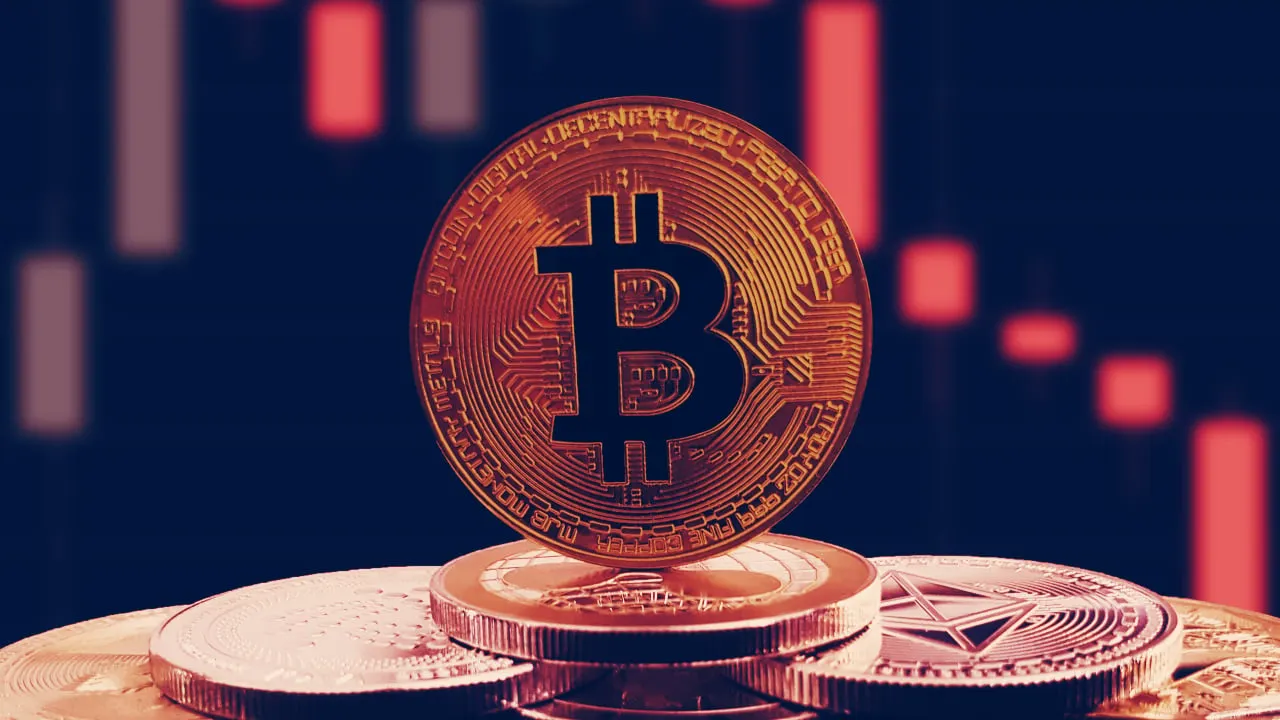In brief
- With the halving fast approaching, the Bitcoin market is surging.
- Beyond price, the number of new (and small amount) addresses is on the rise, while long-term hodlers continue to accumulate.
- Positive metrics point towards a boom in spot market activity, where retail investors are driving the rally.
The Bitcoin halving is just days away, and trending right along with the cryptocurrency’s price, is the surge in network activity. And that’s especially true among new and small account users.
As Decrypt reported earlier today, the number of daily active Bitcoin addresses has grown 47% since the beginning of 2020, a growth rate Bitcoin’s network hasn’t seen since the go-go days of 2017.
And the share of new addresses within this sample size is encroaching on 2017 levels as well. According to Glassnode data shared on Twitter by CoinCorner CEO Danny Scott, the number of new Bitcoin addresses that have sent their first transaction is nearing 500,000.
What’s more, data from Glassnode also indicates that the number of addresses holding a relatively small amount of Bitcoin (up to 1 Bitcoin, 0.1 Bitcoin, and 0.01 Bitcoin) are on a steep upwards climb, creeping towards new all-time highs of 8.25 million, 3 million, and 310,000 addresses, respectively. Conversely, addresses with large amounts of Bitcoin (up to 10, 100, 1,000 and 10,000 Bitcoin) are below their all-time highs.
This could mean one of two things: The increase in small addresses could signify newcomers to Bitcoin. But they could also be coming from long-term holders who, in typical privacy-minded, Bitcoiner fashion, create new addresses whenever they move coins.
Either way, Glassnode noted in its latest newsletter that their “Holder Net Position Change” metric, which measures whether long-term Bitcoin holders are accumulating, “stayed positive during the [past two months] recovery, indicating optimistic sentiment and longer-term confidence as we approach the Bitcoin halving next week.”
As smaller addresses continue to surge on Bitcoin’s blockchain and OG hodlers accumulate, this corroborates data that suggests this pre-halving rally has been largely fueled by “spot” markets (or, where retail investors go to buy coins).
All signs point to increased interest in Bitcoin with the halving fast approaching. Transaction volumes are up 64% year to date, according to Glassnode, and Bitcon’s market cap has increased by more than 30%, with the price of Bitcoin today breaking past $9,500. According to data from BitInfoCharts, social media mentions and Google searches for Bitcoin have also risen exponentially since January.
If anyone needed reminding, this rally comes after a historic sell-off that cut Bitcoin’s price in half from $8,000 to $4,000 on Black Thursday.
But that hasn’t deterred spot market participants; according to data shared with Decrypt from cryptocurrency data firm CryptoCompare, April 30 saw record volumes across both Bitcoin and altcoin spot markets, more so even than 2017’s run-up.
Daily Debrief Newsletter
Start every day with the top news stories right now, plus original features, a podcast, videos and more.

